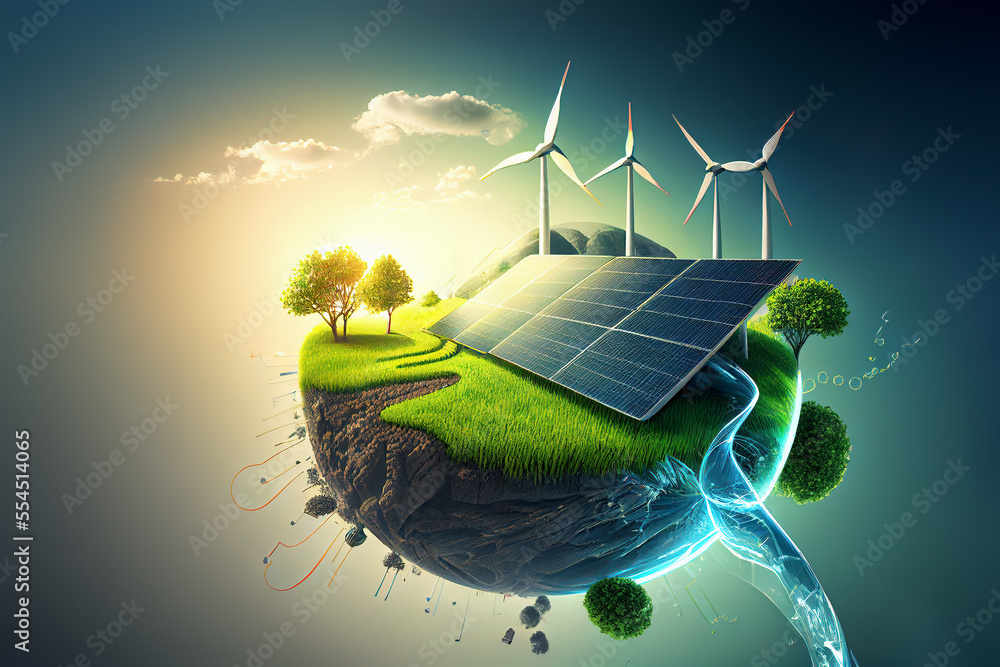Alright folks, hold onto your hats because this is HUGE. Chinese researchers have just absolutely annihilated previous efficiency records in solar water splitting for hydrogen production – we’re talking a jaw-dropping 15x improvement! Yes, you read that right. Fifteen. Times. Better.

This isn’t some incremental tweak, people; this is a quantum leap forward. The team achieved this by cleverly playing with elemental substitutions within the titanium dioxide catalyst. Honestly, decades of research have been stuck in a rut, and these guys just bulldozed a new path.
This groundbreaking work, published in the prestigious Journal of the American Chemical Society earlier today (April 8th, Beijing time), isn’t just academic fluff. It’s a potential lifeline in our quest for clean energy.
Let’s break down what’s going on here. Solar water splitting is a process where sunlight is used to separate water molecules (H2O) into hydrogen and oxygen. Hydrogen, as you know, is a clean-burning fuel with zero-carbon emissions.
Traditionally, titanium dioxide (TiO2) has been a popular catalyst for this process, but it’s notoriously inefficient. Its ability to absorb sunlight is limited.
However, by subtly altering the composition of TiO2 – swapping in different elements – the researchers significantly boosted its sunlight absorption and catalytic activity. This directly translates to more hydrogen produced for every ray of sunshine.
Now, why is this important? Because a reliable, affordable hydrogen fuel source unlocks a future free from the shackles of fossil fuels. Think fuel cell vehicles, industrial processes, and a truly sustainable energy grid.
This is the kind of innovation that gets me genuinely excited about the future. China is showing the world how it’s done, and frankly, the rest of us need to catch up. This isn’t just a science story; it’s a wake-up call.





